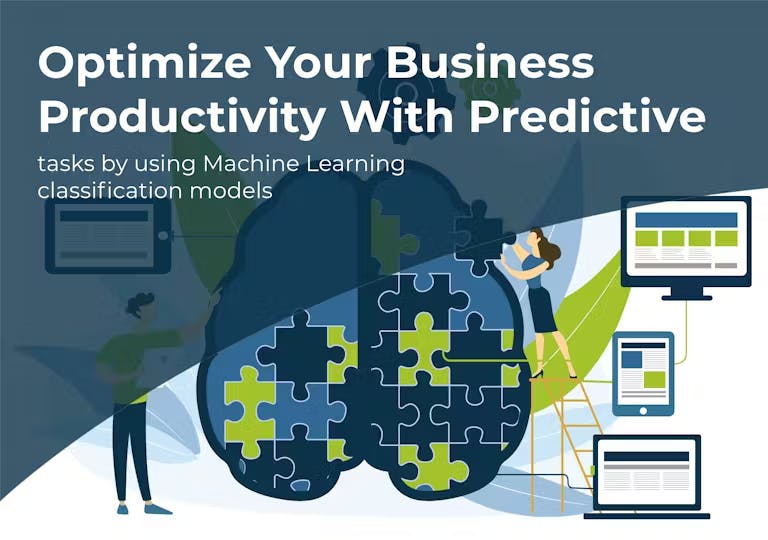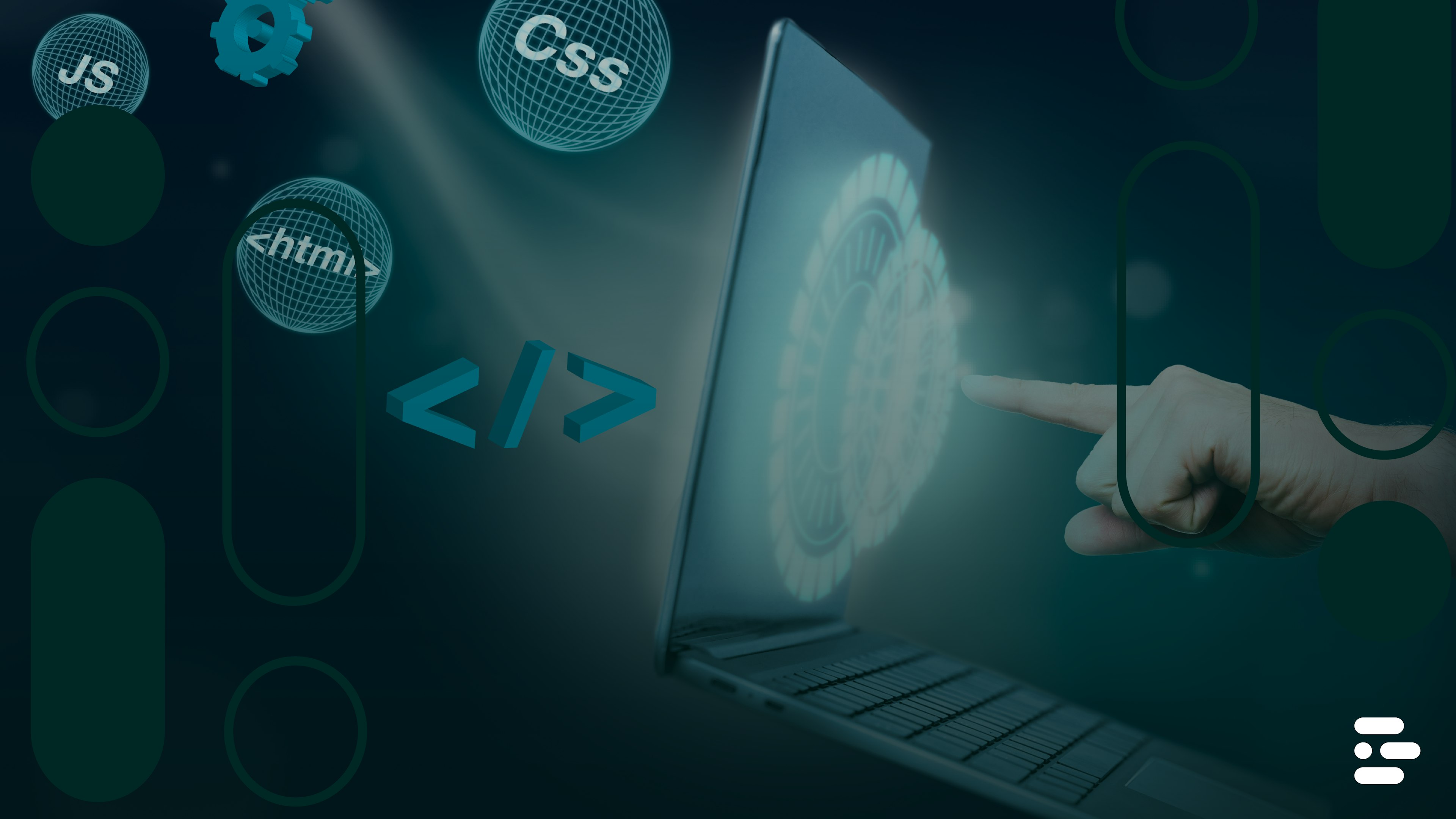How to Optimize Your Productivity with Predictive Tasks by Using Machine Learning Classification Models


Machine learning has generally developed alongside computers, but it’s gotten more popular in recent years. Amazon launched its own machine learning platform in 2015, which was the same year that Microsoft created the Distributed Machine Learning Toolkit. In 2019, Statista found that machine learning apps and platforms were the leading use of worldwide AI funds (at a total of $43 billion USD). So how do you apply all this to your business?
Start by learning about different machine learning (ML) models. After all, what’s innovative technology without a structure? In this guide from Devsu, we’ll cover model performance for four kinds of classification. With other details in data collection and machine learning outlined here, you’re on the right path to unlock more potential in your company.
Binary Classification
It’s no surprise that binary classification is for tasks that have two class labels. This applies to fairly simple things, like conversion prediction. Will the customer buy the product, or will they not?
Casually, we’d say buying the product is good and not buying it is bad. The more technical terms would be “normal state” and “abnormal state”–or class label 0 and class label 1 respectively.
Some examples of machine learning algorithms that work with binary classification are listed here:
- Naive Bayes
- Logistic Regression
- K-Nearest Neighbors
- Support Vector Machine (SVM)
- Decision Trees
- Random Forest
- Voting Classifier
- Neural Network (Deep Learning)
Decide which one works best for your classification problem using three factors: runtime, best prediction score, and worst overfitting.
They all have their own pros and cons, and some are strictly for binary classification (so won’t support more than two class labels). A couple of good options for sentimental analysis and large amounts of data are neural networks or the voting classifier, if a small boost in speed is worth a slight drop in prediction quality.
Bear in mind that specific scenarios call for different models. Your exact situation, data quality, and data size could change which option is right for you. A smaller amount of data, for example, could show that Logistic Regression is more accurate with better performance. Your best bet is to have a qualified, experienced data scientist to tell you which classification model is ideal for your project.
Imbalanced Classification
Similar to binary classification, an imbalanced classification model will have two options to choose from. The difference is that the majority is usually expected to be in the normal state, and the minority would be in the abnormal state. Essentially, you’re looking for outliers. One example is credit card fraud detection (not fraudulent vs. fraudulent). Because you know there won’t be as many cases of fraud as there are legitimate purchases, this calls for a specific approach.
- Random Oversampling: Selecting random examples from the smaller group and including them in the training data for the classification model.
- Random Undersampling: Selecting random examples from the larger group and removing them from the training data for the classification model.
- Data Augmentation: In scenarios where you want to balance out the data to get equal group sizes, you would add in extra data on the minority side. Oversampling is technically a form of data augmentation, such as the Synthetic Minority Oversampling Technique (SMOTE).
The method(s) you use will vary depending on your project and whether you want to focus on the minority or majority. This can include cost-sensitive versions of standard algorithms like logistic regression, Support Vector Machine, and decision trees that factor in the imbalance.
Multiclass Classification
When you’ve got a range of classes, that’s where you’d choose the multiclass model. Face or voice recognition is one example, since the data points aren’t being sorted into one category or another. They’re typically being compared to a database of faces or voices, so the device can identify who this person is out of everyone stored in its system. Because there’s a range of possible classifications, this model could yield more than one result. One person speaking could get a list of the top five most likely matches, for example.
Certain algorithms used in binary classification are also good for multiclass models, but there are others as well that are listed first below:
- Gradient Boosting
- Extreme Learning Machines (ELM)
- Decision Trees
- Random Forest
- Logistic Regression
- K-Nearest Neighbors
- Neural Networks
- Naive Bayes
- Support Vector Machine
If you’re adapting a binary algorithm to multiclass, keep in mind that you’ll need to use the two-label system to fit the database for 3+ class labels. Two methods for this are one-vs-all (OvA), also known as one-vs-rest (OvR), and one-vs-one (OvO). With OvA/OvR, you fit one classifier per class and fit it against the remaining classes. This makes it quick, but it doesn’t work well with several datasets. In OvO, you fit pairs of classes with one classifier. This creates more datasets and models, slowing it down but giving it more versatility.
Because accuracy is especially crucial for a broad range of data, the best algorithms for multiclass models are gradient boosting and random forests. Because there are several decision trees that make up the random forest, the runtime tends to be longer than other machine learning algorithms. Gradient boosting can take less than a second to run, so that’s the option for you if time is of the essence.
Multilabel Classification
When working with unlabeled data, there will come a time when a single item could have more than one label. If you were choosing genres for movies or books, as an example, they could have more than one genre. An action-adventure with romance fits into three categories, so it needs three labels to be classified correctly.
Because this is focused on labels rather than classes, the algorithms used for this classification model need to be tailored to it. Most often, people modify existing machine learning algorithms to fit this context. These are called multilabel algorithms:
- Multilabel Gradient Boosting
- Multilabel Decision Trees
- Multilabel Random Forests
Since these are specialized algorithms made for multilabel models, they are equally suitable for solving your classification problems.
Basic Machine Learning Life Cycle
There are four steps to a value-driven machine learning development process, which makes sure you see returns on the investment you’ve made in this innovative technology.
Understanding data:
Solid data collection is based on maintaining data quality. Qualified AI engineers will gather relevant data from suitable sources to best understand your business and its challenges. This is crucial before moving forward with any machine learning models.
Data preparation:
Raw data needs to be cleaned and organized, removing duplicates and outliers. Machine learning algorithms will be involved here for the best outcome. This also prevents unformatted data and improves the overall quality of the information you’ve collected.
Model training:
At this stage, machine learning models are evaluated for efficiency and accuracy through development and training. By analyzing datasets for this purpose, trained models will be better at identifying values. It’s the tech version of measure twice, cut once!
Model deployment:
For project life cycle tips, read: Faster Time to Market With DevOps & Cloud Computing
2 Examples of Machine Learning Projects
Key Performance Indicators (KPI) machine learning: In a market that’s always evolving, current trends and client behavior are at the center of smart business. If your marketing strategies and company goals are based on outdated KPIs, you’re not likely to see the growth you hoped for. Machine learning can analyze the data collected for your client base and business operations more efficiently than a person could. Guided by those findings, it will set new KPIs as necessary–cutting out the manual work and speeding up your process.
By tailoring your KPIs to your business, you’ll also be able to make stronger connections between the work your team does and where you want your company to be. A streaming service could use binge-watching as a KPI, for example, while a meal-kit company might use client referrals or recipe reviews. Clearer goals lead to a greater sense of purpose and direction!
Supervised learning: As a method to create trained models, supervised learning is essentially a study session for the computer. It’s presented with the exam results that have the right answers marked, then has that taken away before it’s time for the real exam. Because the machine got to see an exam with the answers first, so to speak, it can lean on that previous study session. This means it makes better decisions with new datasets that don’t have the right answers mapped out yet.
In more technical terms, this learning method has input variables and output variables. An algorithm is then used to figure out the mapping from one to the other. Once it gets better at figuring that out, it can be applied to new information with faster and more accurate predictions.
Machine Learning for a Smarter Business
Artificial intelligence and machine learning are steadily on the rise, with finance and telecommunications leading the charge. Where does that leave everyone else?
Scrambling to catch up and fill AI engineering roles, all while searching through an ever-shrinking talent pool. But creative thinkers don’t get held back by the first obstacle they come across! Staff augmentation lets companies close the gap by hiring outside help that integrates into their teams. For those who need to do more than supplement their team, software outsourcing gives them an external team of professionals to do the job.
Subscribe to our newsletter
Stay informed with the latest insights and trends in the industry
You may also like


